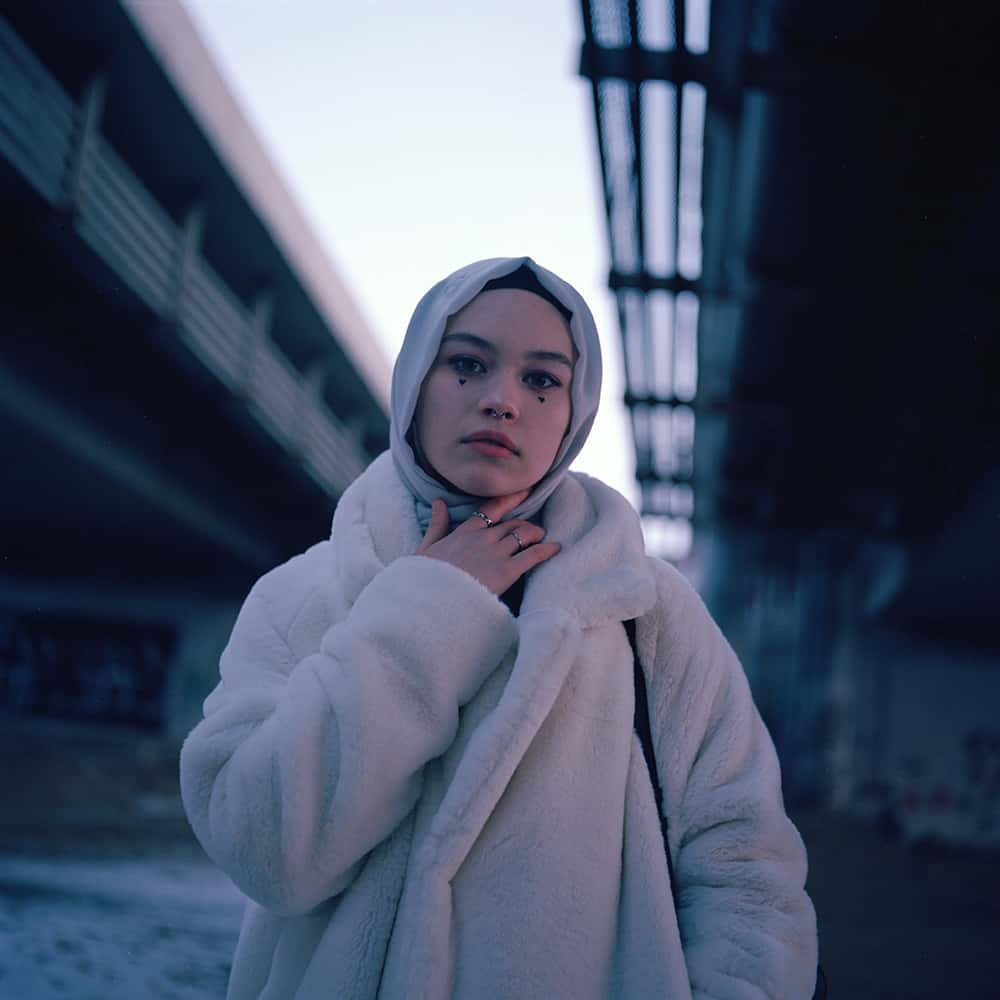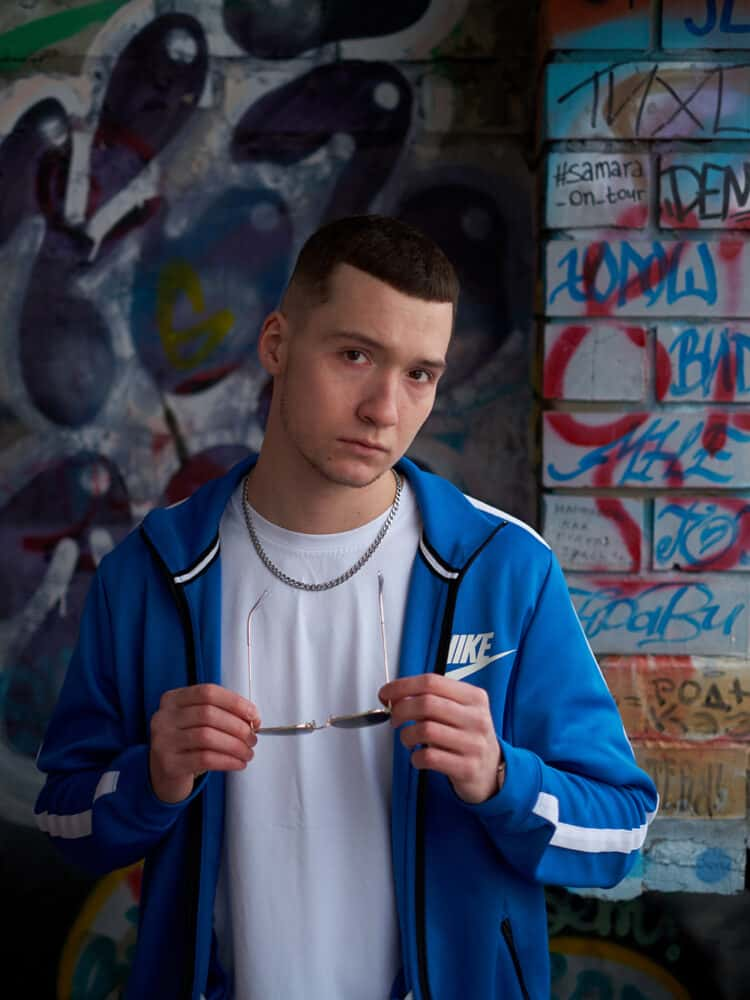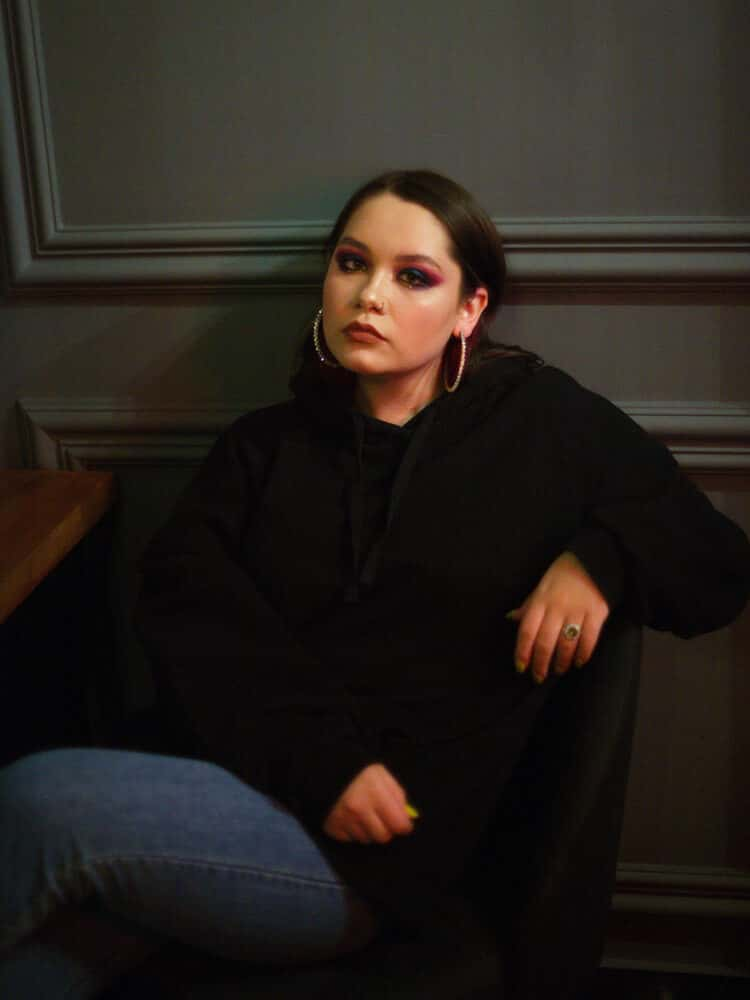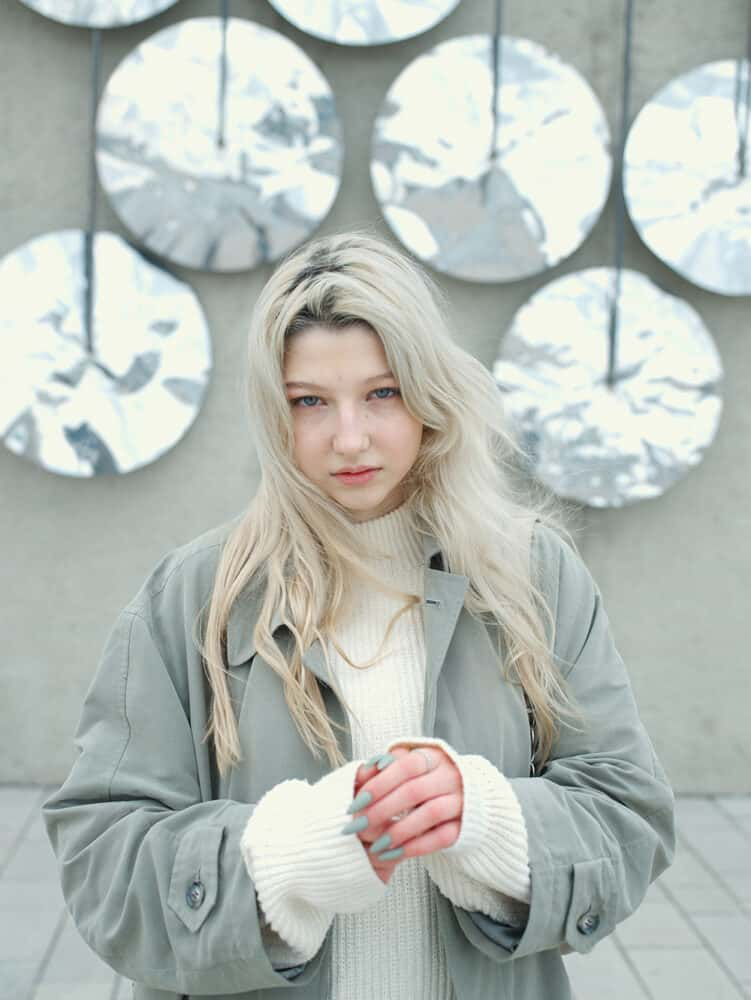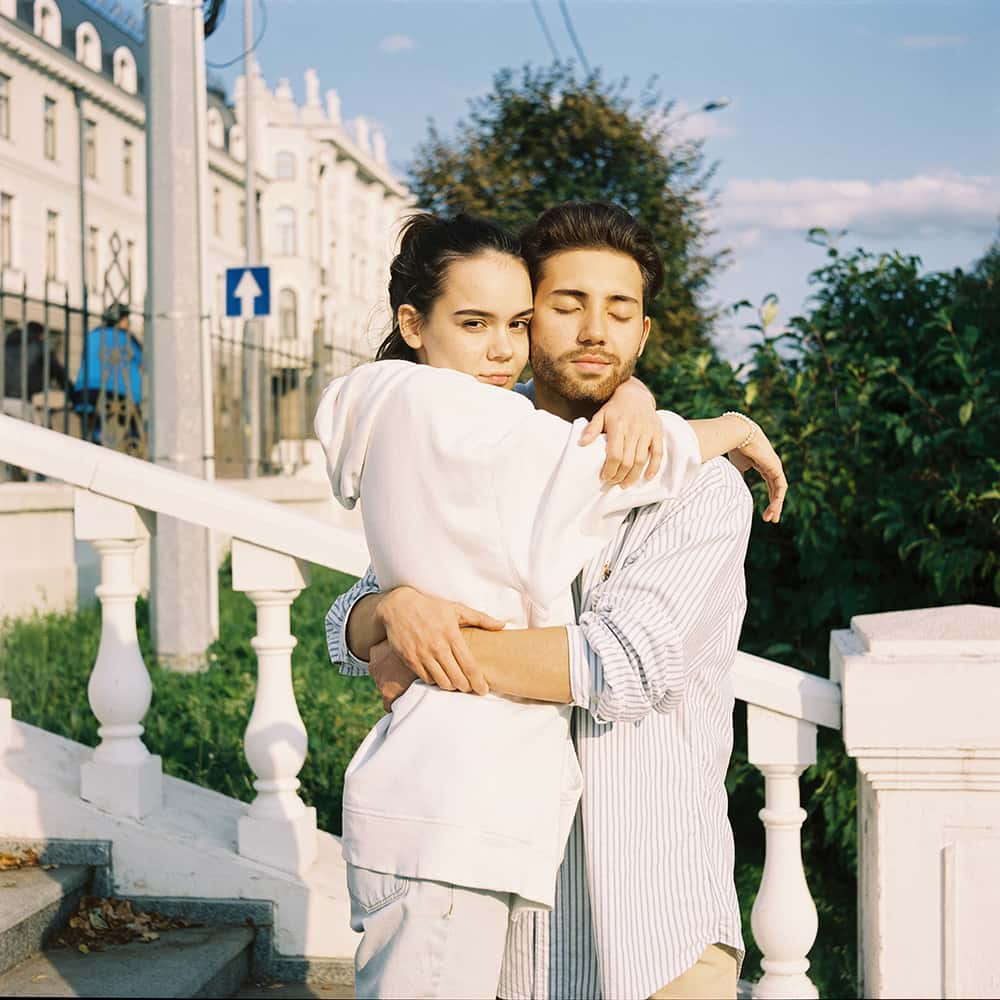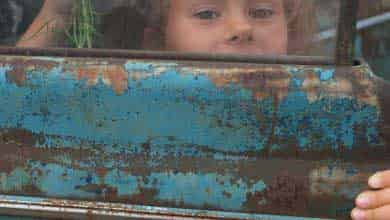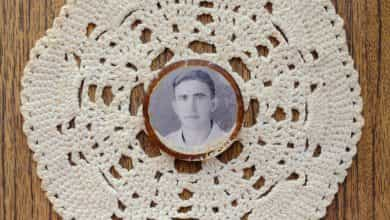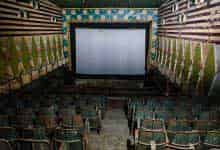The project was nearly finished just before the Ukrainian conflict began and then was stopped. But in the darkness of the new reality, it got a new dimension.
Once the Tatars and the Russians fought against each other. Now they live side by side in Kazan city, but with no complete confusion. Between the old people, there’s still an interfaith rejection: Tatars are mostly Muslims, Russians are considers themselves Orthodox Christians. I. e., the elderly, especially among the Tatars, do not welcome marriages with people of other culture and religion. But there is no conflict.
However, especially after the celebration of its Millennium, Kazan has become a modern multicultural city with young people live according to a megapolis code. East meets West. The city’s changing, but the changes grow between zoomers’ hype and old Islam traditions.
What is Kazan — and Russia — Europe or Asia? It doesn’t really matter. For the Kazan’s young generation, it’s the future what’s important, not the past – even in the circumstances of Ukraine conflict. The future has a cross-border and globalist context for most of them. They want to be a part of the big world, wear Asics and Levi’s, dance to R’n’B and not to live behind iron curtain.
